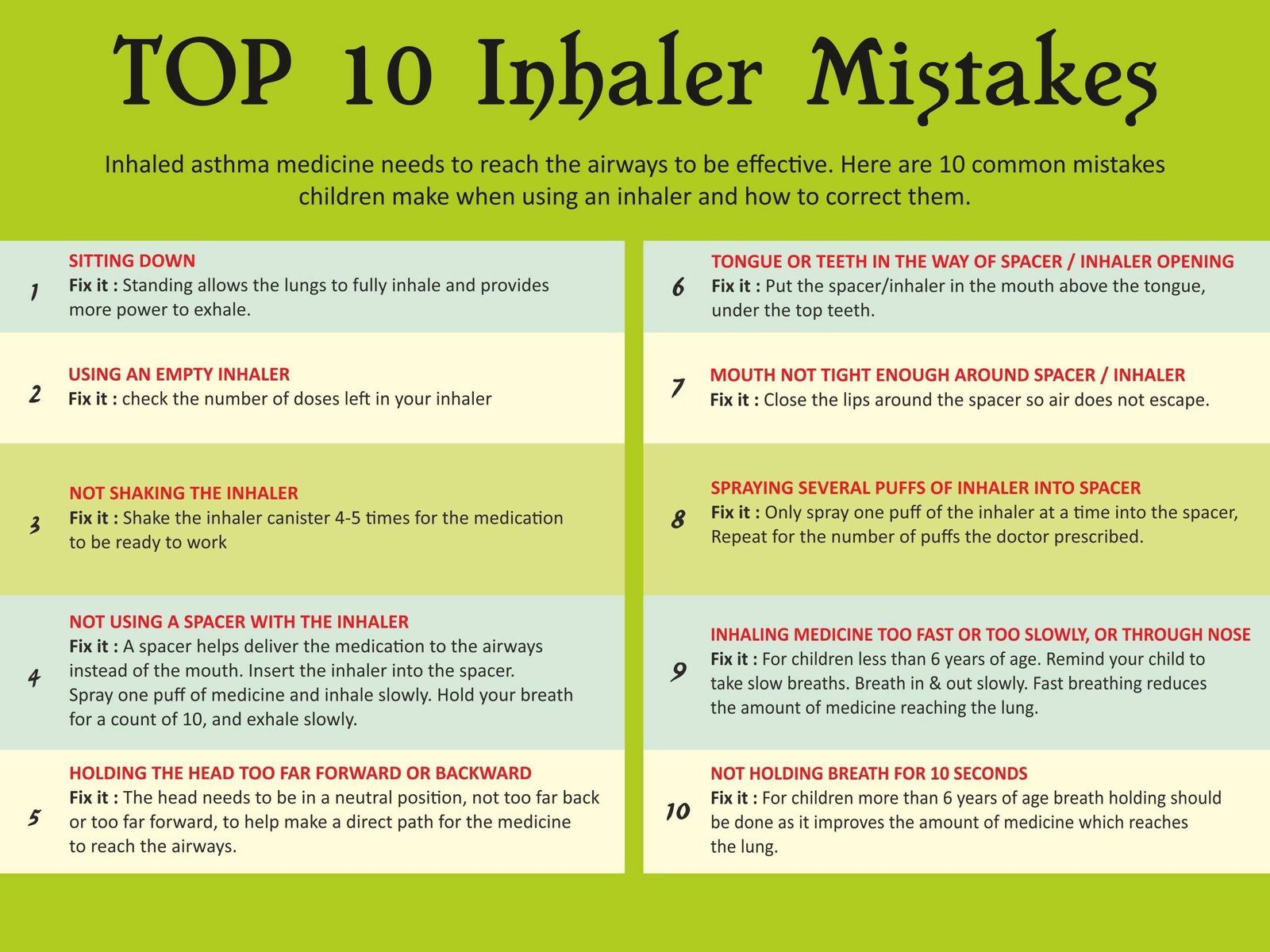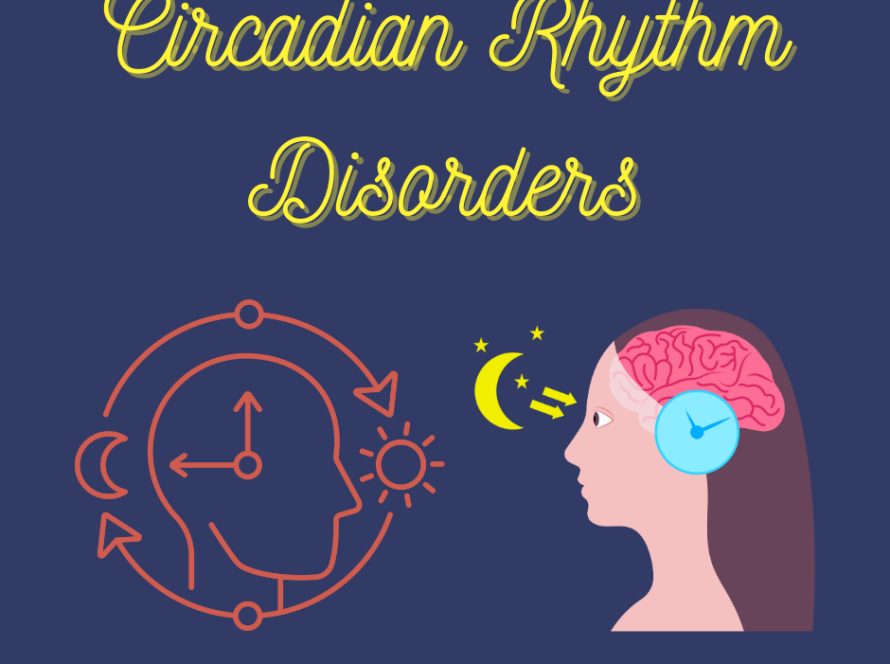Inhalers are the backbone of management of children with wheezing and asthma. Medicines delivered with inhalers lead to a targeted delivery of a small dose of medicines to the airways in the lungs, leading to an early and sustained relief of asthma symptoms without any side effects. In addition, inhalers are multi-dosed, easy to carry and cheap.
If your child’s asthma symptoms are flaring up again and again or are poorly controlled, poor inhaler technique could be the problem. It’s easy to make mistakes, especially if inhalers have not been used for a long time, but you can really improve the technique and make your child’s asthma better. Here are some common inhaler mistakes and simple tips for avoiding them.
1. SITTING DOWN: Standing allows the lungs to fully inflate and more power to exhale
2. USING AN EMPTY INHALER: Always check the number of doses left in the inhaler. Most inhalers have a meter which shows the number of doses left in the inhaler.
3. NOT SHAKING THE INHALER: The inhaler should be shaken at least 4 to 5 times before it is taken.
4. NOT USING A SPACER WITH THE INHALER: a spacer helps deliver the medicines to the airways, instead of the mouth. Insert the inhaler into the spacer. Spray one puff of the medicine and inhale slowly. Hold your breath for a count of 10, and exhale slowly.
5. HOLDING THE HEAD TOO FAR FORWARD OR BACKWARD: the head needs to be in a neutral position, not too far back or not too far forward, to help make a direct path for the medicine to reach the airways.
6. TONGUE OR TEETH IN THE WAY OF SPACER/INHALER OPENING: put the spacer and inhaler in the mouth above the tongue under the top teeth.
7. MOUTH NOT TIGHT ENOUGH AROUND SPACER/INHALER: Close the lips around the spacer so air does not escape.
8. SPRAYING SEVERAL PUFFS OF INHALER INTO SPACER: Only spray one puff of the inhaler at a time into the spacer. Repeat for the number of puffs the doctor prescribed.
9. INHALING MEDICINE TOO FAST OR TOO SLOWLY: For children less than 6 years of age this technique is used. Remind your child to take slow breaths and breathe in and out slowly. Fast breathing reduces the amount of medicine reaching the lungs.
10. NOT HOLDING BREATH FOR 10s: For children more than 6 years of age, breath holding should be done as it improves the amount of medicine which reaches the airways of the lung.
If your child is suspected to have asthma or having asthma you should contact a pediatric pulmonologist/allergist for proper diagnosis and appropriate treatment.







